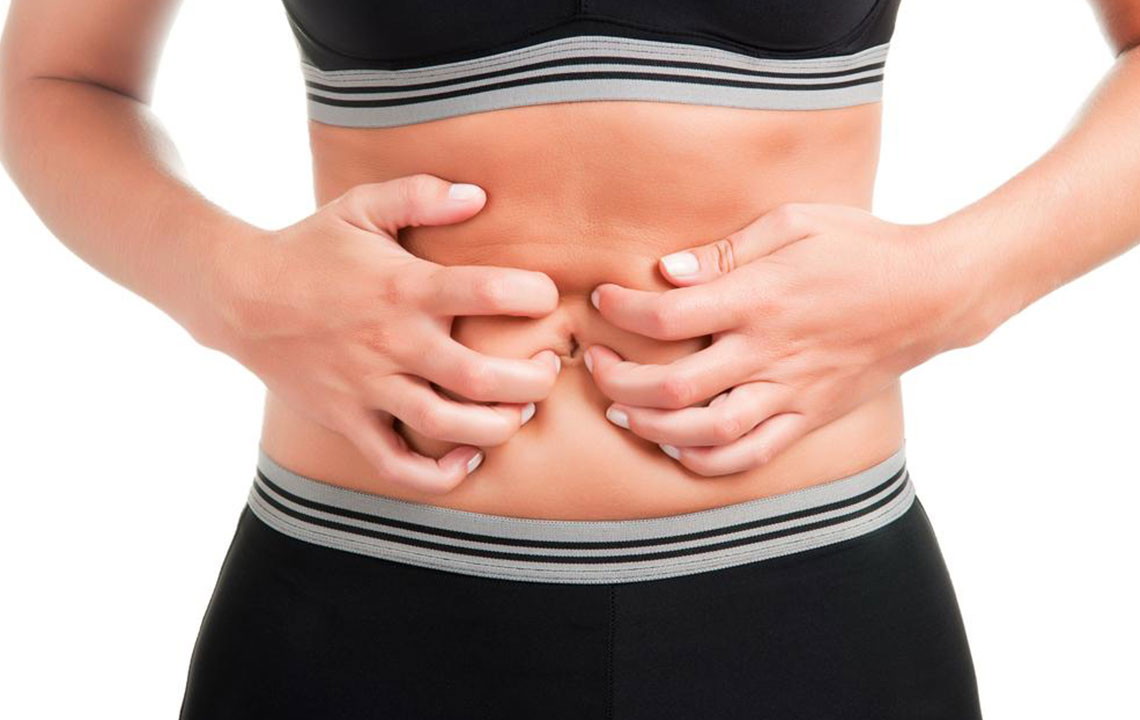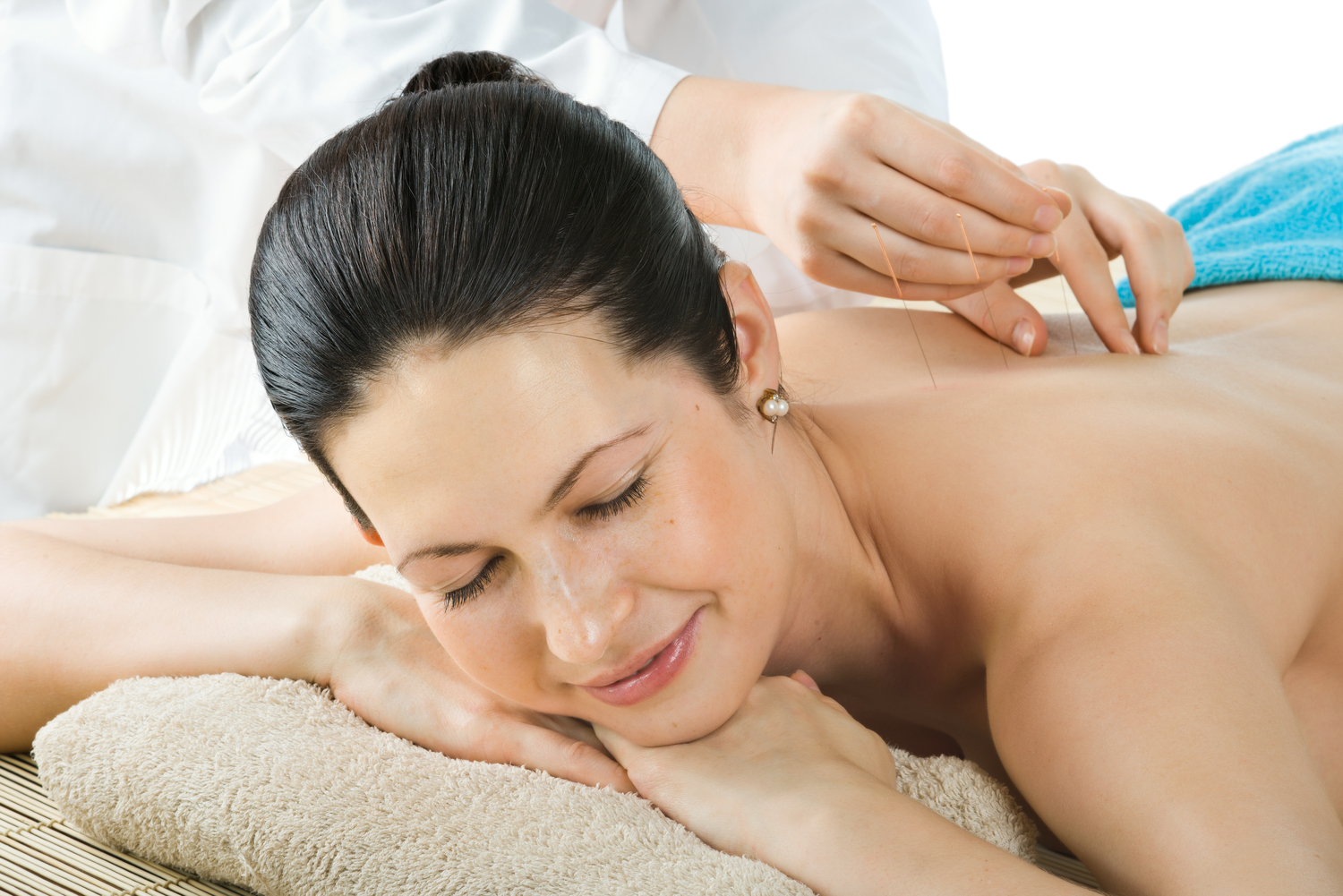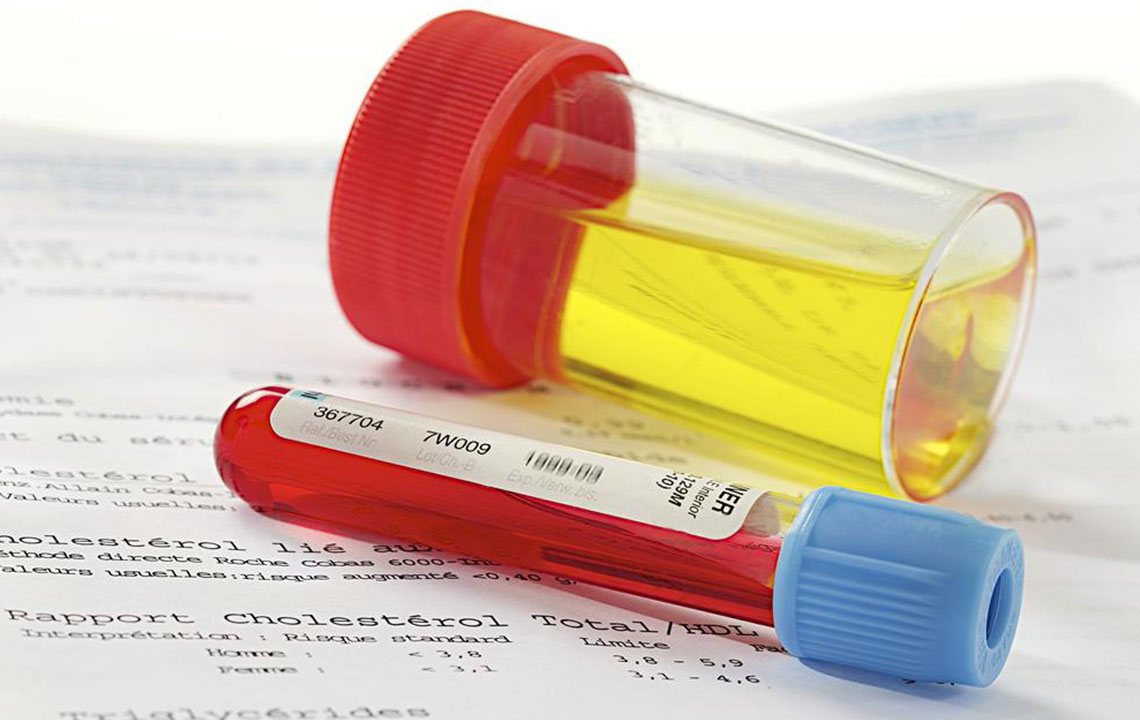Comprehensive Guide to Effective Urinary Incontinence Management Strategies
This comprehensive guide explores effective strategies to manage urinary incontinence, highlighting lifestyle changes, behavioral therapies, medications, and surgical options. It emphasizes the importance of early diagnosis and personalized treatment plans to improve quality of life for those affected by this common condition. With advancements in medical technology and innovative therapies, managing urinary leakage is more achievable than ever, offering hope to many patients. Understanding the causes and available treatments can empower individuals to seek necessary care and regain control.

Comprehensive Guide to Effective Urinary Incontinence Management Strategies
Urinary incontinence (UI), a condition characterized by the involuntary loss of urine, impacts millions of people worldwide, affecting daily life, emotional well-being, and overall health. While often associated with aging, it is important to understand that urinary incontinence is a multifactorial condition that can affect adults of all ages, genders, and lifestyles. Statistics reveal that roughly one-third of adult populations experience some form of urinary leakage, making it a prevalent health concern that deserves attention and effective management. Women are disproportionately affected—twice as likely as men—due to factors such as pregnancy, childbirth, hormonal changes during menopause, and genetic predispositions. Despite its common occurrence, many individuals feel embarrassed to seek help, which can delay treatment and worsen symptoms. Fortunately, a variety of contemporary treatment options and lifestyle modifications can help manage and improve quality of life for those dealing with urinary incontinence.
Understanding the Causes of Urinary Incontinence
Urinary leakage arises from various physiological and lifestyle factors, often involving weakness or dysfunction of the bladder and pelvic floor muscles:
Physical Stress: Activities that increase intra-abdominal pressure, such as coughing, sneezing, laughing, lifting heavy objects, or vigorous exercise, can cause leakage in susceptible individuals. This condition is known as stress urinary incontinence.
Urge to Urinate: A sudden, intense urge to urinate often leads to involuntary urine release. This type is called urge incontinence and is associated with overactive bladder syndrome.
Overactive Bladder (OAB): Characterized by frequent urination—more than eight times daily—often combined with urgency and nocturia (nighttime urination). OAB results from involuntary contractions of the bladder muscles.
Available and Effective Treatments for Urinary Incontinence
Managing urinary incontinence requires a personalized approach, considering factors like age, cause, severity, and overall health. Consultation with healthcare professionals such as urologists or urogynecologists is essential to design an appropriate treatment plan. The good news is that many treatment options are non-invasive, minimally invasive, or surgical, providing hope for sufferers looking for relief.
Lifestyle Modifications and Behavioral Therapies
Many cases of urinary incontinence can be significantly improved through simple lifestyle adjustments and behavioral therapies:
Dietary Changes: Limiting intake of urinary irritants like caffeine, alcohol, and spicy foods can reduce bladder overactivity and leakage episodes.
Pelvic Floor Exercises (Kegel Exercises): Strengthening the pelvic floor muscles is one of the most effective methods to control urinary leakage. Regular Kegel exercises can enhance muscle tone, support the bladder, and improve continence.
Weight Management: Excess body weight increases pressure on the bladder and pelvic floor. Losing weight through diet and exercise reduces this pressure, alleviating symptoms.
Bladder Training: This involves gradually increasing the time between urinations, helping the bladder hold urine longer and reducing the urgency and frequency of leaks.
Fluid Management: Monitoring and regulating fluid intake, especially before bedtime, can prevent episodes of nocturia and daytime urgency.
Advanced Techniques and Therapies
For individuals who do not respond to lifestyle changes alone, several advanced therapies are available:
Electrostimulation: Using pelvic or anal probes to deliver controlled electrical impulses can strengthen pelvic muscles and reduce involuntary bladder contractions.
Biofeedback: A technique that helps patients learn to control their pelvic muscles by providing real-time feedback through sensors and audio-visual aids, leading to better urinary control.
Medication Options for Urinary Incontinence
Medications can be highly effective in managing urinary symptoms, especially in urge and overactive bladder cases:
Anticholinergic Drugs: These medications relax overactive bladder muscles, decreasing urgency, frequency, and leakage episodes. Examples include oxybutynin, tolterodine, and solifenacin.
Beta-3 Adrenergic Agonists (e.g., Mirabegron): These help increase bladder capacity and reduce urinary urgency without many of the side effects associated with anticholinergics.
Botulinum Toxin (Botox) Injections: Injected directly into the bladder muscle, Botox temporarily paralyzes overactive muscles, reducing involuntary contractions. Repeat treatments are often necessary.
Hormonal Therapy: Vaginal estrogen applications may improve tissue strength and promote healing in postmenopausal women, thus decreasing leakage.»
Surgical Interventions for Severe Cases
When conservative treatments fail to provide sufficient relief, surgical options are available. These procedures are usually reserved for persistent, severe cases:
Sling Procedures: Placement of a synthetic or natural sling under the urethra to provide support and prevent leakage during physical activity or pressure changes. This is one of the most common surgical treatments for stress incontinence.
Artificial Urinary Sphincters: An implanted device that controls urine flow, primarily used for severe male incontinence, especially post-prostatectomy.
Bladder Neck Suspension (e.g., Burch procedure): Surgically lifting the bladder neck to improve the urethral closure mechanism, reducing leakage episodes.
Additional Supportive Measures and Devices
For ongoing management, especially in mild cases or interim relief, the following can be beneficial:
Absorbent Products: Wearing specially designed pads or adult diapers for discreet protection against urine leakage.
Catheterization: In severe cases or temporary situations, intermittent or indwelling urinary catheters may be used to manage bladder emptying.
In summary, urinary incontinence is a common but manageable health condition. With proper diagnosis, lifestyle adjustments, behavioral therapies, medications, and, in some cases, surgery, individuals can experience significant improvement in their symptoms and quality of life. Seeking early medical advice and adopting a proactive approach are key steps toward effective management of this condition.





